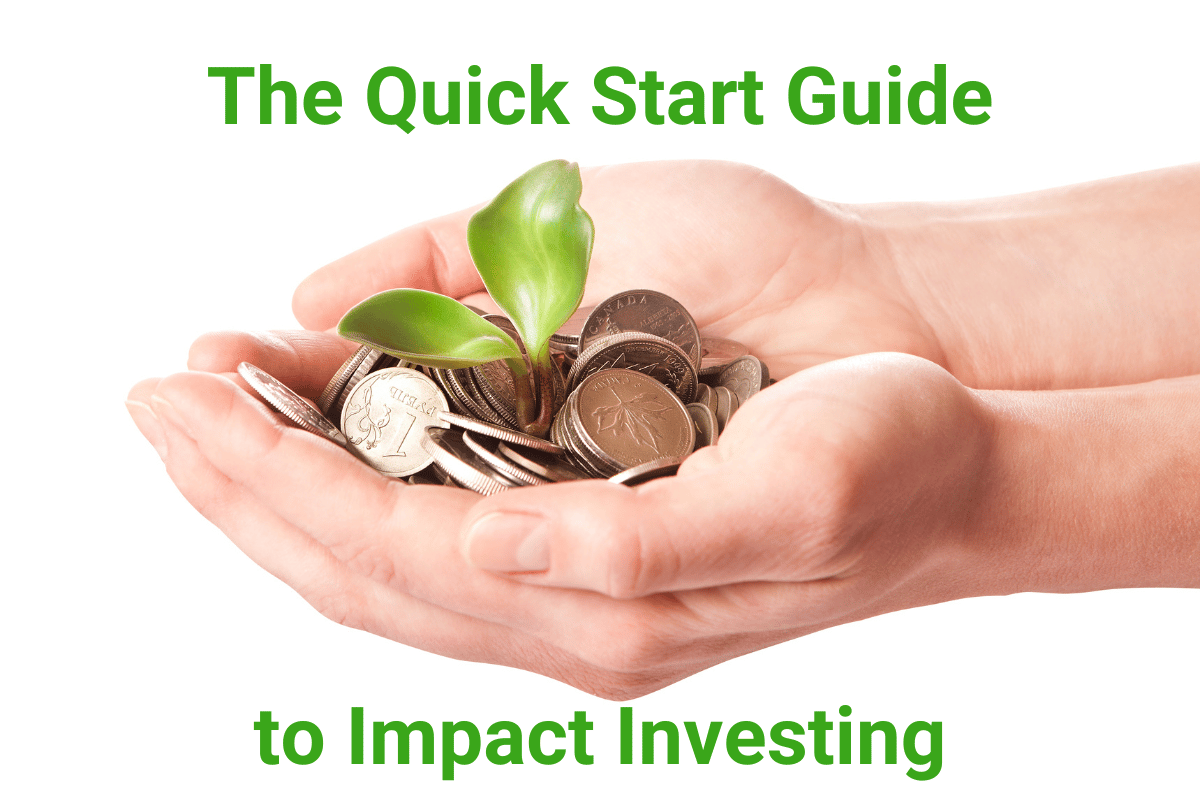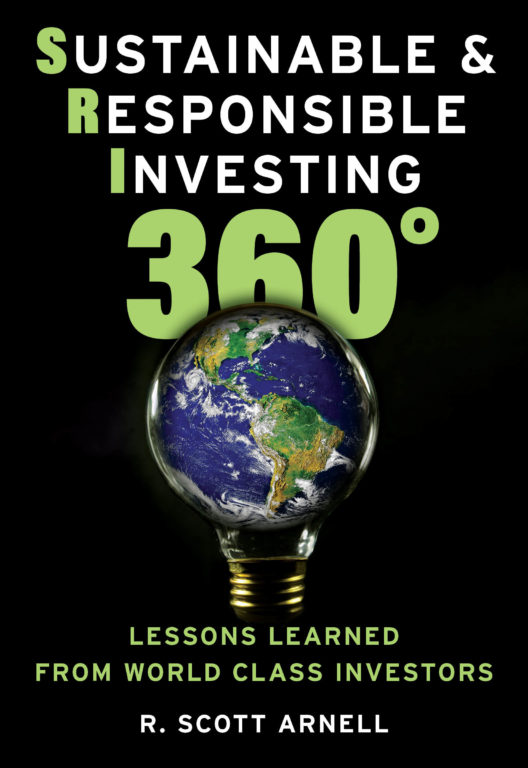
Much of the world’s population lacks basic, essential resources needed to ensure safe, healthy, economically stable and sustainable communities. Due to the perceived risk of investing in these communities, major financial institutions consider them ‘uninvestible’ and are generally unwilling to provide the capital or extend the credit those communities so desperately need.
But Community Investing is helping to solve this global and growing problem, in a dynamic way that is both personally and financially rewarding to investors. Today these investments are accessible to both professionals and individuals through a variety of financial products, including mutual funds, UCITS funds, bonds, and ETFs.
A Helping Hand Instead of a Handout
Community Investing epitomizes the “give them a fish and feed them for a day, but teach them to fish and feed them for a lifetime” concept in practice. The investment capital goes to work at the local level to generate a multiplier effect that has the potential to gain measurable momentum for generations into the future. It’s part of the microfinance landscape that helps to fund vital resources such as education and vocational training, healthcare, affordable housing, agriculture and food security, small business development and infrastructure in disadvantaged and underdeveloped communities around the globe.
Investible Opportunities That Are Overlooked
A globally-recognized leader in the Community Investment space is Jennifer Pryce, President and CEO of Calvert Impact Capital. Prior to her financial career she helped strengthen communities as a member of the Peace Corps, living and working within the kinds of communities she now supports through investment. I spoke with her recently and she explained how Community Investing works and how its impact is measured.
“These are investible opportunities that traditional banks don’t do,” Pryce said, “because there’s something about each of these transactions where the perceived risk is higher than the real risk. But because we work close to these communities, we see a different risk profile. We understand these markets and we have an increased level of comfort investing in these businesses or projects.”
Directing Impact Through Indirect Investment
One of the key strategic elements for understanding those communities with granular specificity is working through trusted local intermediaries. As Pryce describes, using affordable housing as an example, “We are not investing directly in affordable housing projects. We are investing in intermediaries that then lend to the business, to the project, to the person in place.”
In other words, the investor funds the first intermediary that has assets such as products and services and education that are needed. The intermediary, in turn, invests in another set of community-facing intermediaries such as microfinance institutions, affordable housing developers, community developers, small business lenders. These intermediaries are situated right inside the communities where they can then directly provide resources and monitor the local on-the-ground impact.
A Multi-Stakeholder Solution
“It needs to be a multi-stakeholder solution at the end of the day,” Pryce emphasizes, “because unlike traditional finance, there are a lot of intermediaries involved in moving private capital into the communities. It’s about a market that’s broken and it’s a complex problem. Finance is only one piece of the solution, so you need to work with government, you need to work with businesses. You have to think about how does policy help resolve the systemic issue? How can business work to help and demonstrate that what they’re doing is an opportunity for people to come along? Understanding these markets means understanding the people you’re lending to – and that requires diligence that looks at both the capacity to be repaid and the nonfinancial impact you’re making.”
Quality Community Investing involves managing the impact across the life of the investment, from origin through exit. To enable that requires clarity, communication, and transparency – which can be facilitated by following industry standards and best practices like the Operating Principles for Impact Management or the 5 Dimensions of Impact produced by the Impact Measurement Project.

An Illuminating Example
Pryce offers a great example of investing for impact that she did at Calvert by funding an enterprise called SunFunder, headquartered in Kenya and working across the entire African continent. “None of the banks in Africa felt comfortable investing in it,” she notes, “but SunFunder demonstrated that these were investible assets.”
Once it had funding from Calvert, SunFunder established a track record of lending success and then was able to partner with more traditional financial capital sources that could scale and grow the sector. “They put solar home units on individual homes that are not connected to the power grid, and now provide power for hundreds of millions of people with a pay-as-you-go model – where individuals lease- to-own solar panels.
Not Just For Professionals
That’s just one example of the way that many millions of lives in communities around the world have been improved thanks to Community Investing activities by investors like Calvert who are providing access to the tools and resources that people need in order to provide for themselves in a sustainable way. To learn more about Community Investing, listen to my complete interview with Jennifer Pryce here and you will find out that while Calvert has professional investors investing millions into their funds, an individual investor can invest with as little as $20 and change people’s lives.
This article is based on a discussion of Community Investing from my book ‘Sustainable & Responsible Investing 360°: Lessons Learned From World Class Investors’ in the chapter on private debt alternatives. The book contains 26 interviews with leading, world-class SRI investors, and you can obtain your copy here.









